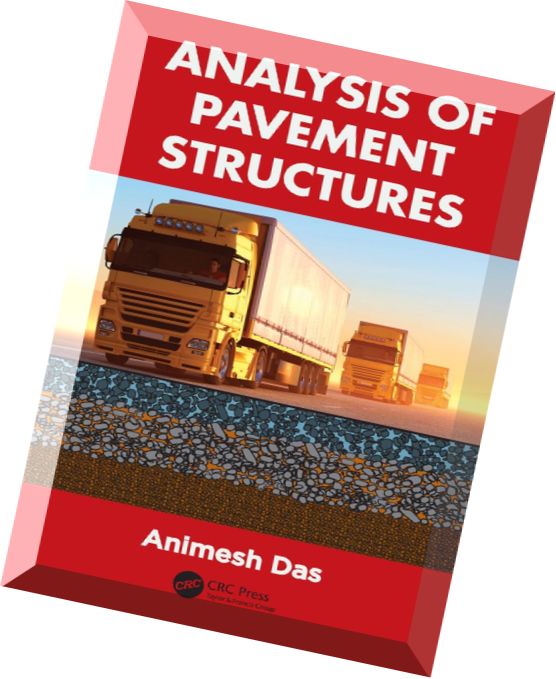A stair, or a stairstep, is one step in a flight of stairs. In buildings, stairs is a term applied to a complete flight of steps between two floors. A stair flight is a run of stairs or steps between landings. A staircase or stairway is one or more flights of stairs leading from one floor to another, and includes landings, newel posts, handrails, balustrades and additional parts. A stairwell is a compartment extending vertically through a building in which stairs are placed. A stair hall is the stairs, landings, hallways, or other portions of the public hall through which it is necessary to pass when going from the entrance floor to the other floors of a building. Box stairs are stairs built between walls, usually with no support except the wall strings.
Stairs may be in a straight run, leading from one floor to another without a turn or change in direction. Stairs may change direction, commonly by two straight flights connected at a 90 degree angle landing. Stairs may also return onto themselves with 180 degree angle landings at each end of straight flights forming a vertical stairway commonly used in multistory and highrise buildings. Many variations of geometrical stairs may be formed of circular, elliptical and irregular constructions.
The basic components of a staircase are the tread, the horizontal surface we walk on; the riser, the vertical part between each tread; and the stringer, a structural support that holds the treads in place and provides stability. What we call a step is actually a combination of a tread and a riser, or one step up or down from our previous position. In some cases, such as open stairs, the riser is missing and we can see through the stairs.
Other optional parts of a staircase include the nosing, banister, and balusters. Nosing is a small part of a tread that overhangs the riser. The banister, which is also called a railing or a handrail, is both a decorative and a safety feature that prevents people from falling off the side of a staircase or allows them to hold on for stability. Some handrails are attached directly to a wall while others are positioned on the open part of the staircase. When they are on the open part, the banister is held up by balusters, or vertical supports attached to a tread at the bottom and the banister at the top.
With This Excel Calculate we can Calculate the Following Parameters
File Size: 21 Kb
Input Details :-
1.DATA:
2.EFFECTIVE SPAN:
3.LOADS:
4.BENDING MOMENTS:
5.CHECK OF DEPTH OF WAIST SLAB:
6.MAIN REINFORCEMENTS:
7.DISTRIBUTION REINFORCEMENT:
You May Also Like These E-Books:-





No comments:
Post a Comment